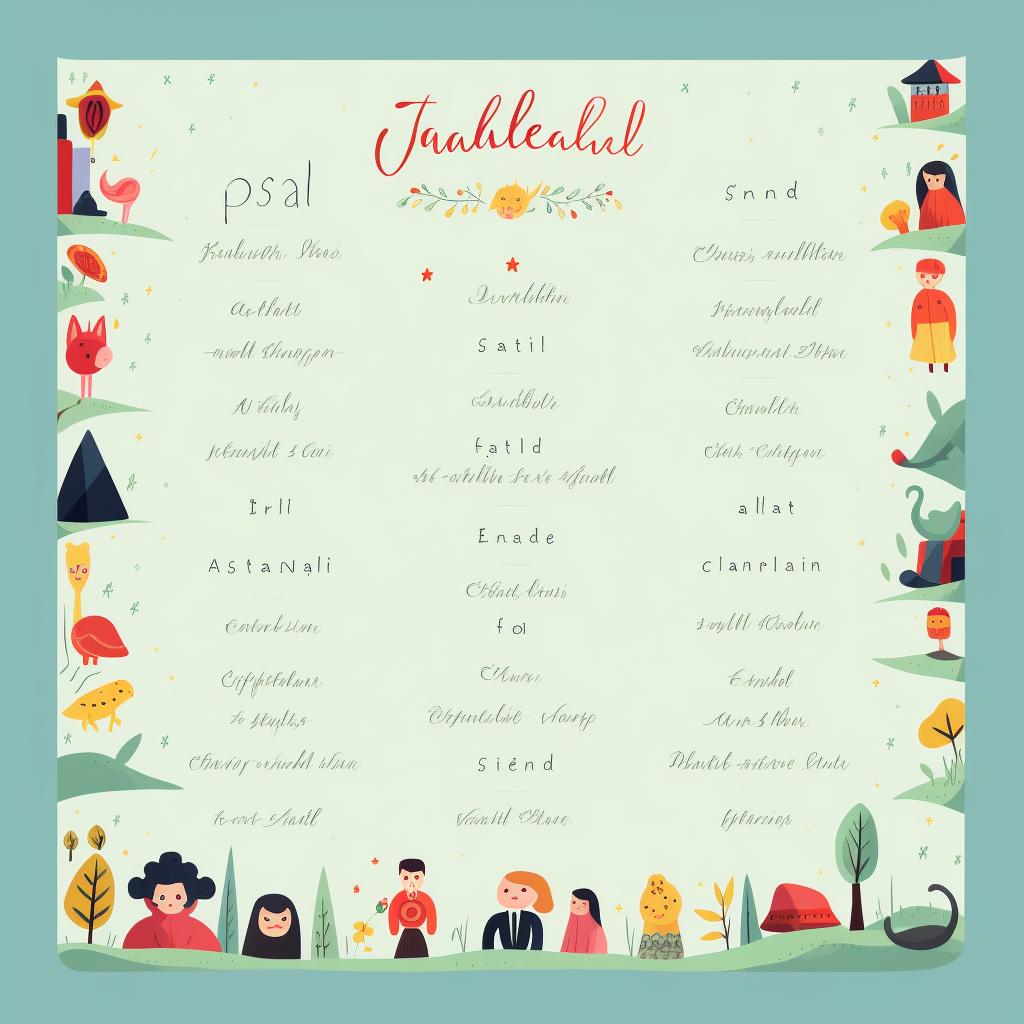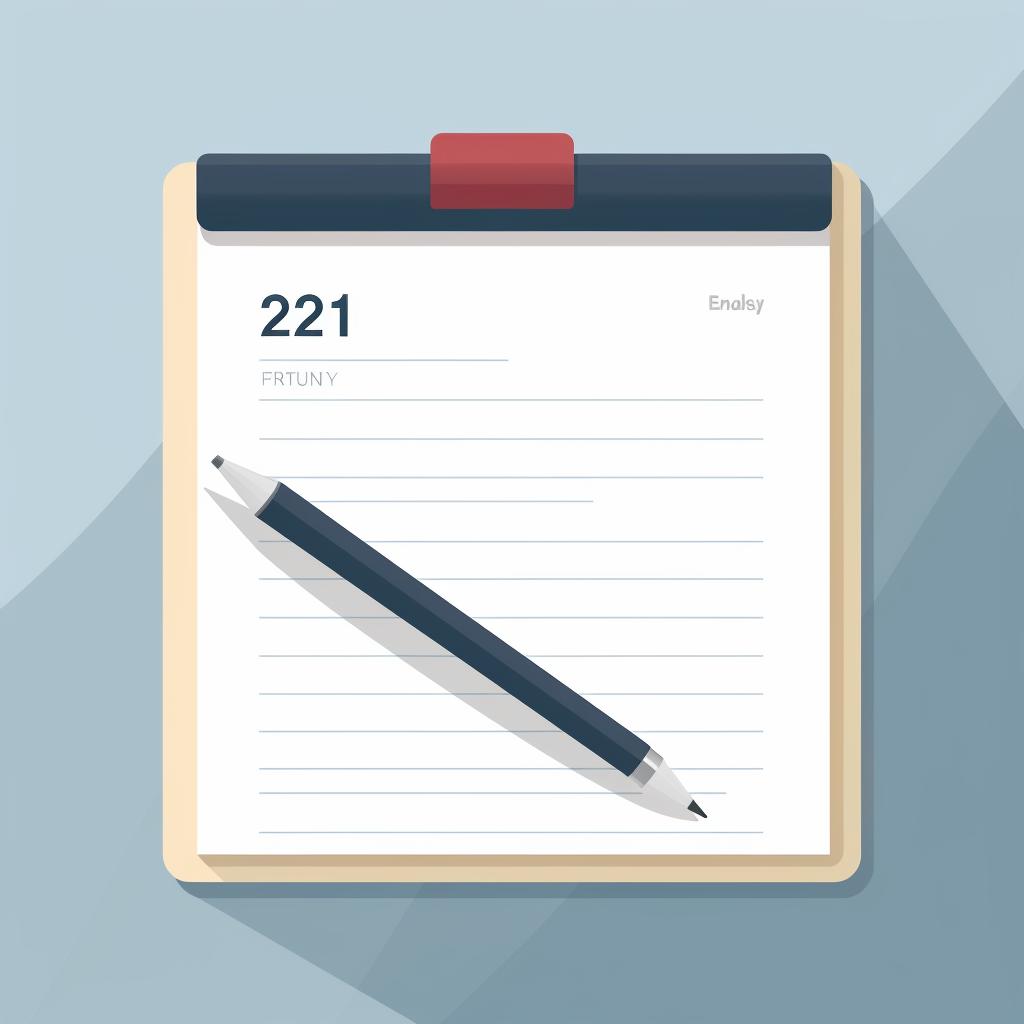Felicity L. Saunders is an accomplished author and literary critic. She holds a PhD in Comparative Literature and has a keen eye for detail when it comes to essay formatting. Her articles are insightful, thorough, and filled with practical tips.
In an MLA formatted essay, if you don't know the instructor's name or if the instructor's name isn't required, you can simply use the word "Instructor" in the place of the instructor's name. It's important to remember that the MLA format heading should always be left-aligned, at the top of your first page, and double-spaced from the essay title. Here's a step-by-step guide to get you started:
In an MLA formatted essay, if you don't know the instructor's name or if the instructor's name isn't required, you can simply use the word 'Instructor'. Now, let's break down the process of creating an MLA format heading:
Learn more about Mastering MLA Format Heading 📝 or discover other Superior Formatting guides.
And there you have it! A perfectly formatted MLA heading. Remember, correct formatting is a crucial aspect of academic writing. It not only ensures your work is organized and professional, but it also helps your instructor to easily navigate your essay.
1. Start with your full name, left-aligned at the top of the page.
2. On the next line, write your instructor's title and name (if known), or simply "Instructor".
3. Follow this with the course name and number, and then the date – all on separate lines.
4. Lastly, center-align your essay title on the next line, ensuring it is not bold, underlined, or italicized.
Remember, the goal of the MLA format is to keep your work consistent and easy to read. For more detailed information, you might find our comprehensive MLA writing style guide useful.
Why Does the Right MLA Formatting Matter?
Correct formatting is a crucial aspect of academic writing. It not only ensures your work is organized and professional but also aids in avoiding plagiarism. This is why it's essential to get your MLA format essay guide right. For more tips on how to properly format your essays, check out our article on Understanding the Structure of a 500-word Essay.
Oops! Don't Let These Formatting Faux Pas Trip You Up
While formatting your essay, it's easy to make a few common mistakes. Some of these include incorrect header alignment, forgetting to double-space the heading, and not using the right font. To avoid these, follow our essay formatting tips below:
To ensure your essay is perfectly formatted, here's a handy checklist to help you avoid the most common mistakes:
Remember, correct formatting is not just about aesthetics, but also about ensuring your work is organized and easily readable. Keep this checklist handy for your future essays.
1. Incorrect header alignment
2. Forgetting to double-space the heading
3. Using the wrong font
4. Not including all necessary information in the heading
5. Not center-aligning the essay title
By following these guidelines and avoiding common mistakes, you can ensure your work adheres to the MLA format. For more help with your essay writing, you might find our guide on balancing information overload and engaging writing useful.
Now that we've covered some common mistakes to avoid when formatting your essay, let's delve into some frequently asked questions about MLA formatting:
We hope these answers help clarify any confusion you may have had about MLA formatting. Remember, proper formatting is key to presenting your work in the best possible light.
Q: What if my instructor's name is not required?
A: If your instructor's name is not required, you can simply use the word "Instructor" in its place.
Q: What should I do if I don't know my instructor's name?
A: If you don't know your instructor's name, you can use the word "Instructor" or "Professor".
Q: What other information should I include in my MLA heading?
A: Other than your name and instructor's name, you should include the course name and number, and the date.
Remember, the goal of good academic writing is clarity and consistency. Keep your writing clear, your format consistent, and your content engaging. Happy writing!
























